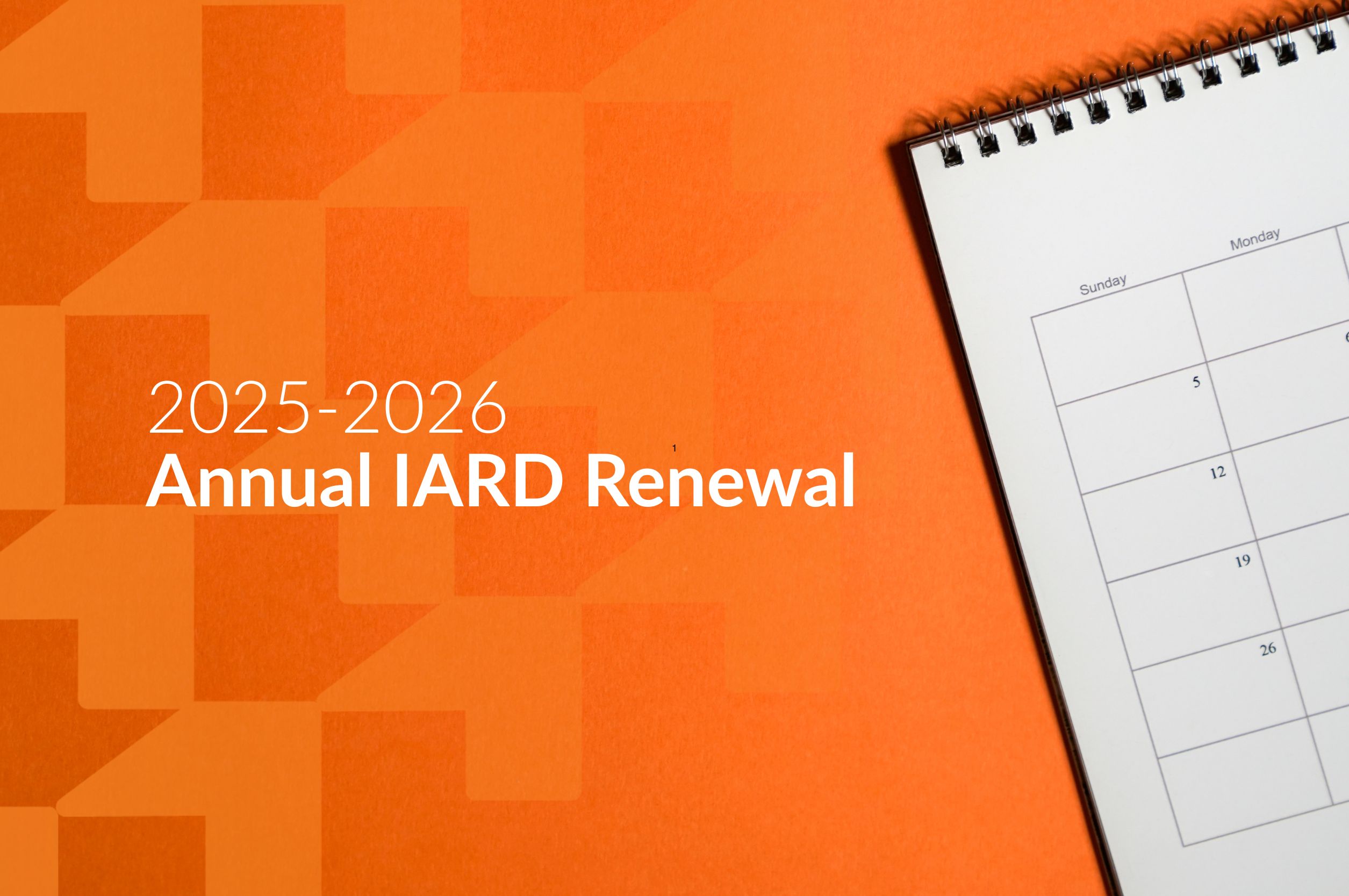Each year from January to March, nearly all Registered Investment Advisor (RIA) firms are busy gathering information to update and file the Form ADV annual updating amendment. During this time, the three most frequently asked questions they have are:
- How should they count the number of clients?
- How do they calculate their regulatory assets under management?
- What other reporting requirements must be met?
This is the second in a three-part series of articles to address these most frequently asked questions.
Counting Assets Under Management
Fortunately, calculating client assets under management (AUM) is fairly straightforward and the Instructions to Form ADV provide guidelines on what assets should be included. The two areas of confusion RIAs most frequently encounter are whether the assets are supervised on a continuous and regular basis, and as a result, whether the assets should be counted as assets under management or assets under advisement.
The threshold question in calculating AUM asks whether the RIA provides continuous and regular supervisory or management services of the client’s securities portfolio. Any securities portfolio over which the RIA has discretionary authority should be counted towards AUM, but only to the extent that the RIA provides ongoing supervisory or management services of the portfolio. Meaning, if the RIA does not review the portfolio on an ongoing basis, the RIA should not count the portfolio towards its regulatory AUM.
For example, an RIA with discretionary authority that has not reviewed a client’s securities portfolio in 24-months should not count the portfolio towards its regulatory AUM, because it is only providing advice on an intermittent or periodic basis. However, the fact that an RIA makes infrequent investment recommendations or transactions (i.e., a buy and hold strategy) does not mean the RIA’s services are not continuous and regular.
If an RIA does not have discretionary authority, but does have an ongoing responsibility to select or make recommendations based upon the needs of the client as to specific securities or other investments, and if the client accepts such recommendations and the RIA is responsible for their implementation (i.e., non-discretionary investment management), the securities portfolio should be included in the AUM calculation.
Beyond discretionary and non-discretionary accounts, and advisor may still be able to count client assets towards regulatory assets under management based on other factors. The terms of the advisory contract , or the form of compensation, or your management practices may all contribute to meeting the continuous and regular threshold.
Sub-Advisor Relationships
An RIA that refers clients to third-party advisors or money managers may still count the client’s securities portfolio managed elsewhere towards the RIA’s AUM if it can answer affirmatively that it satisfies the criteria of “continuous and regular supervisory or management services” of the client’s securities portfolio. This can be achieved by an RIA with discretionary authority to hire and fire third-party advisors or money managers and reallocate assets among them.
An RIA advising the client on a non-discretionary basis may still be able to count the securities portfolio towards its AUM as long as it monitors the client’s account on a continuous and regular basis, and has an ongoing responsibility to select or make recommendations based upon the needs of the client, and implements such recommendations with the client’s consent.
Assets Under Advisement
The Instructions to Form ADV do not discuss assets under advisement, but RIAs may include assets under management computed differently from “regulatory assets under management” in Item 4 of the Form ADV Part 2A Brochure. Thus, RIAs may include in Item 4 the value of any client assets for which the RIA provides advice or consultation, but where the RIA does not have discretionary authority and cannot arrange or effectuate the purchase or sale.
The most common example of an asset an RIA advises on, but which generally should not be included in the AUM calculation, is a client’s employer-sponsored 401(k) account. The reason why a client’s 401(k) account should not be counted towards AUM is because the RIA generally does not have discretionary authority over the account, or the non-discretionary authority or ability to arrange or effectuate the purchase or sale of assets in the account.
In the unlikely scenario where the RIA is issued login credentials to access the client’s 401(k) account and is authorized by the 401(k) plan to effect transactions within the account, then the RIA could include the value of the account in its AUM calculation. Be aware that an RIA using client login credentials to access the account will trigger custody under federal and state securities regulations, and in some states is a dishonest or unethical business practice and securities law violation.
If you need help determining how to calculate your regulatory and non-regulatory assets under management, or if you have any questions about your firm’s regulatory filing requirements, please contact us at Info@AdvisorGuidance.com.


